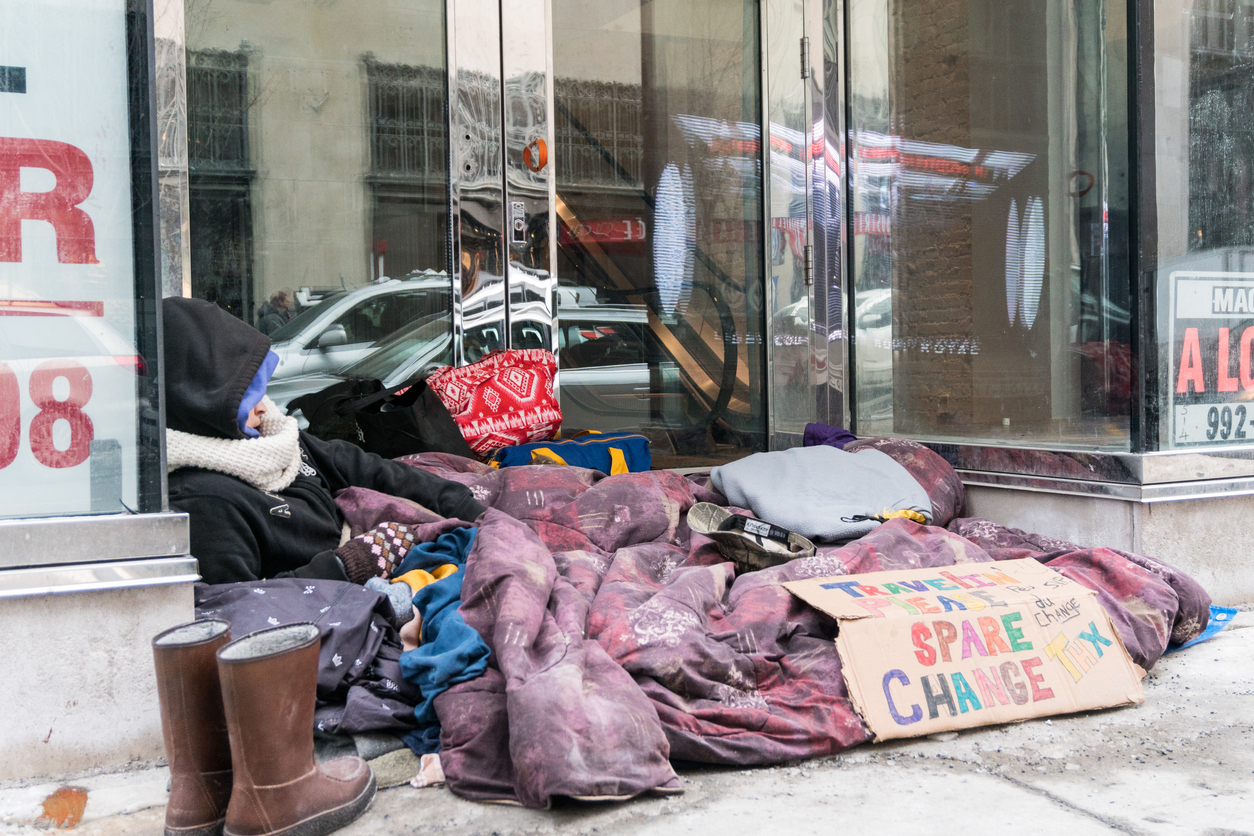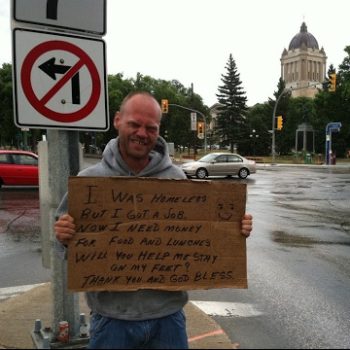The premise drips with irony: Descendants of the earliest settlers of a land strong and free now have nowhere to lay their head.
While Canadian Indigenous people are influential in ways (i.e. progressively, musically, and commercially), the harsh realities of being Indigenous-while-Canadian leave many out in the cold.
According to a study conducted in 2013, on any given night, 6.97 percent of the urban Indigenous population is homeless, versus the national average of 0.78 percent. Considering these findings, identifying as Indigenous seems more like a liability than something to celebrate. The statistics also bring to light the net result of several factors that have historically underserved the needs of Canada’s earliest settlers.
Contributing Factors – Living in a Mere Shadow
If a colonizer replaces language, clothes and names of a nation, then what remains is a mere shadow of the colonizer.
~Hassan Zia Ahmed
A Coles Notes on the tumultuous history of Indigenous Peoples would surely include the innocuously named residential schools. In the 19th century, the Canadian government took it upon themselves to educate and care for the country’s indigenous population by teaching them English, Christianity and ‘Canadian’ customs. The goal? This adopted lifestyle would flourish and be passed onto future generations, leading to the slow death of native tradition. Church-run, government funded industrial schools taught a policy aptly called “aggressive assimilation” (nothing to see here…). Over the decades, officials took more than 150,000 children from their homes and forced them to attend the schools.
What went wrong? Here are just a few examples:
- Substandard living conditions
- Physical, emotional and sexual abuse
- Limited contact with the children’s families and communities
- Malnourishment
Future generations inherited this adopted lifestyle. But instead of a tradition of newly minted Anglophone and Francophone Christians passing through the doors of residential schools, a legacy of trauma was the inheritance.
Nearly 500 years post-colonization, the well-documented history of traumatic treatment of the Indigenous Peoples has had long-term, far-reaching effects.
Health Canada revealed the following findings in a recent survey:
- Indigenous youth are two to six times more at risk for alcohol-related problems than non-Indigenous youth
- Unemployment for Indigenous Peoples is twice the rate of non-Indigenous
Little wonder, then, that these ingredients combine to create a veritable cocktail of predisposing factors that lead to homelessness. When substance abuse has its roots in family and generational trauma, you need more than a 12-Step Program to curtail its spread.
The Indian Act (1876) and other governmental policies famously dispossessed Indigenous peoples of land, created barriers to the practice and transmission of culture and identity, and separated Indigenous youth from their families and communities. The resulting lack of identity leaves many Indigenous youth without a touchstone upon which to turn when faced with an increasingly complex and ever-changing world.
Experts refer to this lack of identity as a core symptom of borderline personality disorder (BPD), akin to being adrift in the ocean and losing sight of the shoreline. Without a clearly defined target destination to reach and pathway of how to get there, substance abuse thrives, seemingly providing the only way to cope. A life lived in the shadows of another leaves little room for self-identity.
Moving Forward
The unique factors that are involved in Indigenous homeless have given rise to its own distinct definition: “Indigenous homelessness… is more fully described and understood through a composite lens of Indigenous worldviews. These include: individuals, families and communities isolated from their relationships to land, water, place, family, kin, each other, animals, cultures, languages and identities.”
How can we distill that into something useable? The definition’s author summarizes it as follows: “Indigenous homelessness is not just lacking a place to live. It is better understood as a lack of healthy social, spiritual, emotional, and personal relationships.”
Building the requisite physical housing for Canada’s homeless? That would seem to be the easier task here. Restoring a healthy sense of self and an understanding of where Indigenous People fit into a post-millennial Canada? A problem nearly 500 years in the making still has us scratching our heads.













